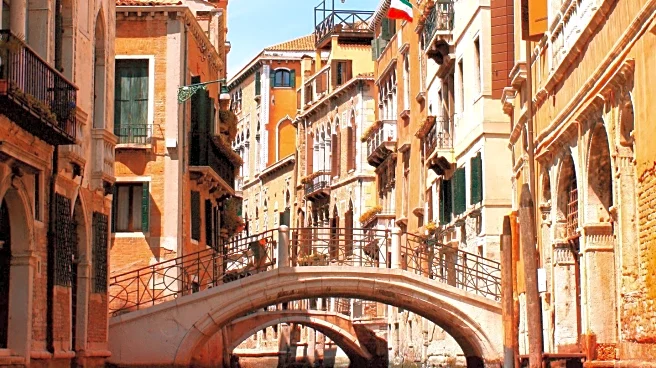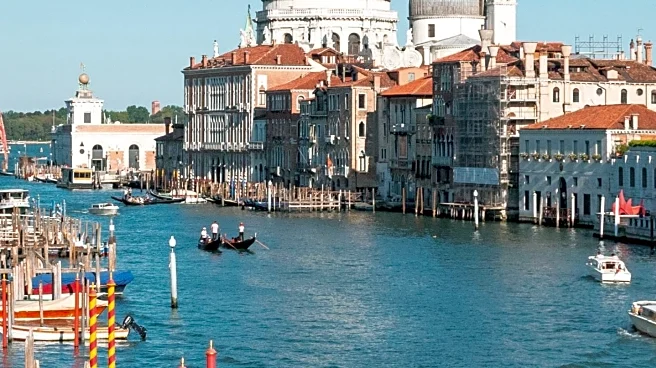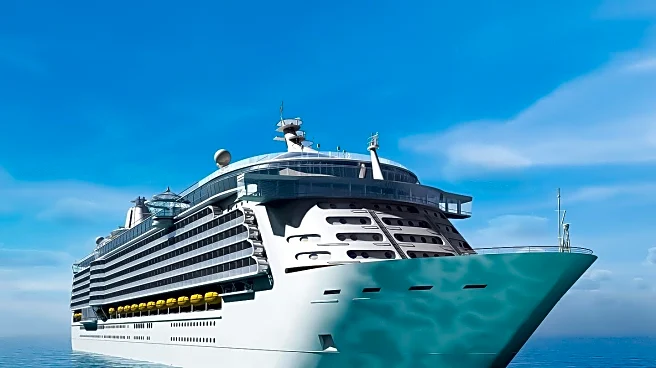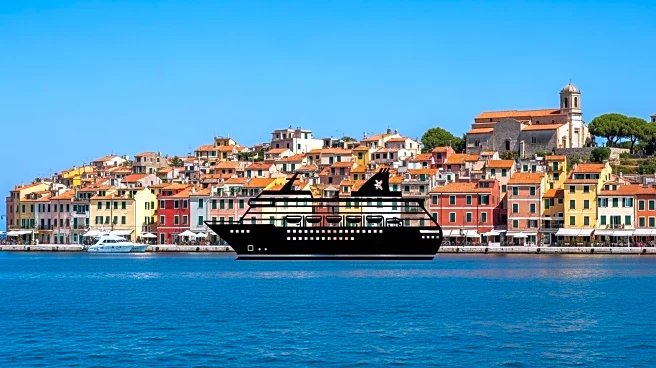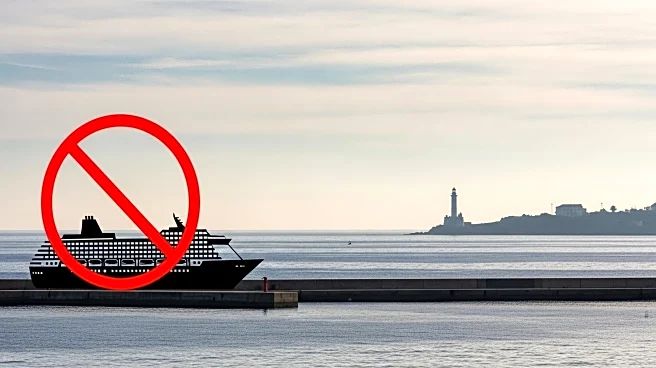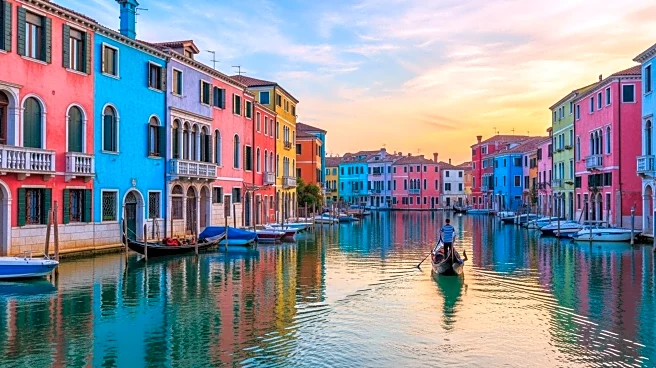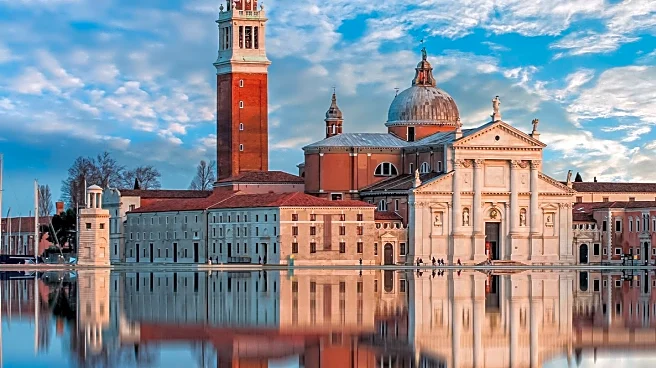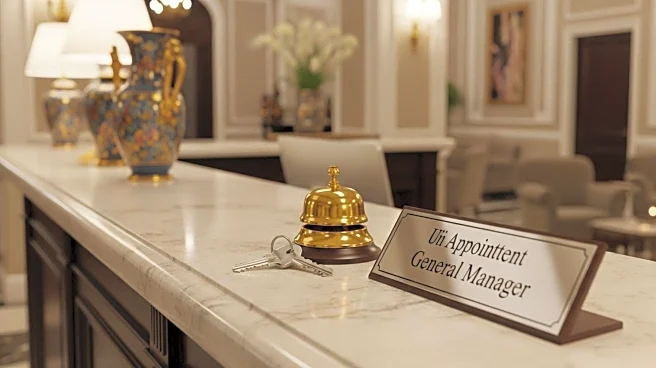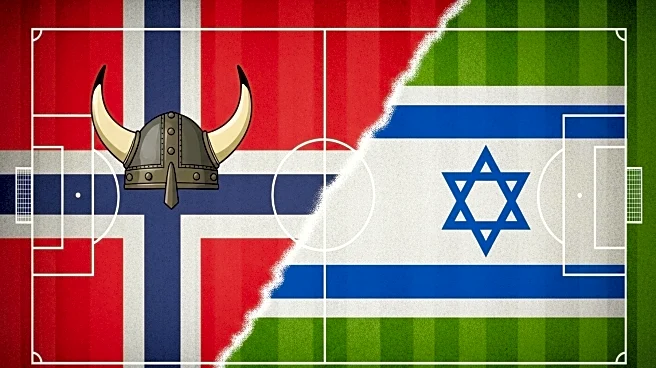What's Happening?
A Polish tourist in Venice, Italy, fell into a canal after allegedly being misled by Google Maps, as shown in a viral Instagram video. The tourist, Wiktoria Guzenda, was following directions on her phone when she slipped and fell into the water. The incident has sparked discussions about the reliability of Google Maps in Venice, where traditional street addresses are replaced by a complex system of districts and unpredictable building numbering. Many tourists have reported similar navigation issues, with Google Maps often directing them to routes blocked by canals or impassable bridges.
Why It's Important?
The incident underscores the limitations of digital navigation tools in unique urban environments like Venice, which can lead to safety concerns for tourists. It highlights the need for travelers to use alternative navigation methods, such as paper maps or Venice-specific apps, to avoid mishaps. This situation also raises questions about the reliance on technology for navigation and the importance of situational awareness. The tourism industry may need to address these challenges to ensure visitor safety and enhance the travel experience.
Beyond the Headlines
The reliance on digital navigation tools in complex urban settings like Venice can have broader implications for tourism safety and technology development. It may prompt tech companies to improve their mapping algorithms to better accommodate unique city layouts. Additionally, this incident could lead to increased demand for local guides and traditional navigation methods, emphasizing the value of human expertise in travel.
